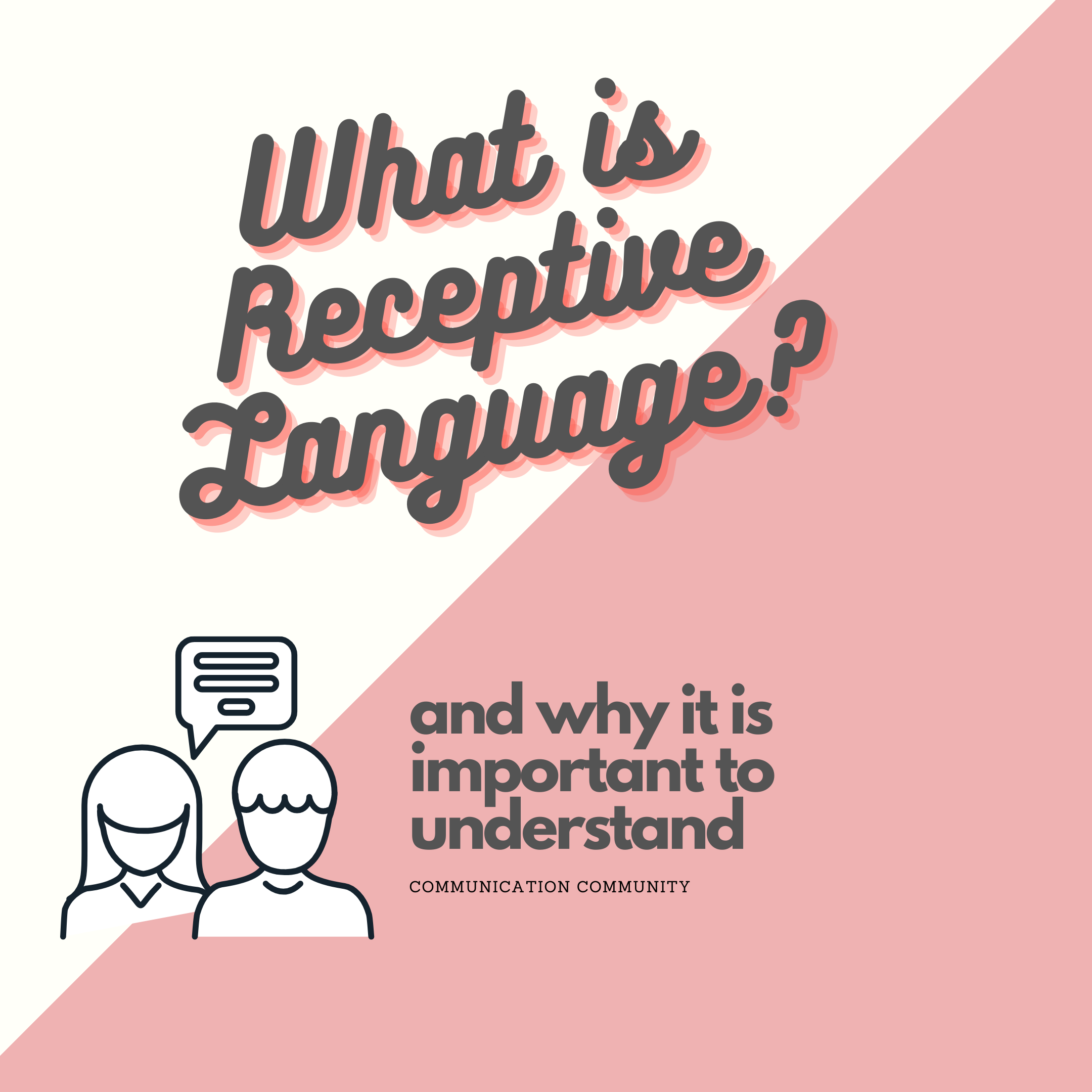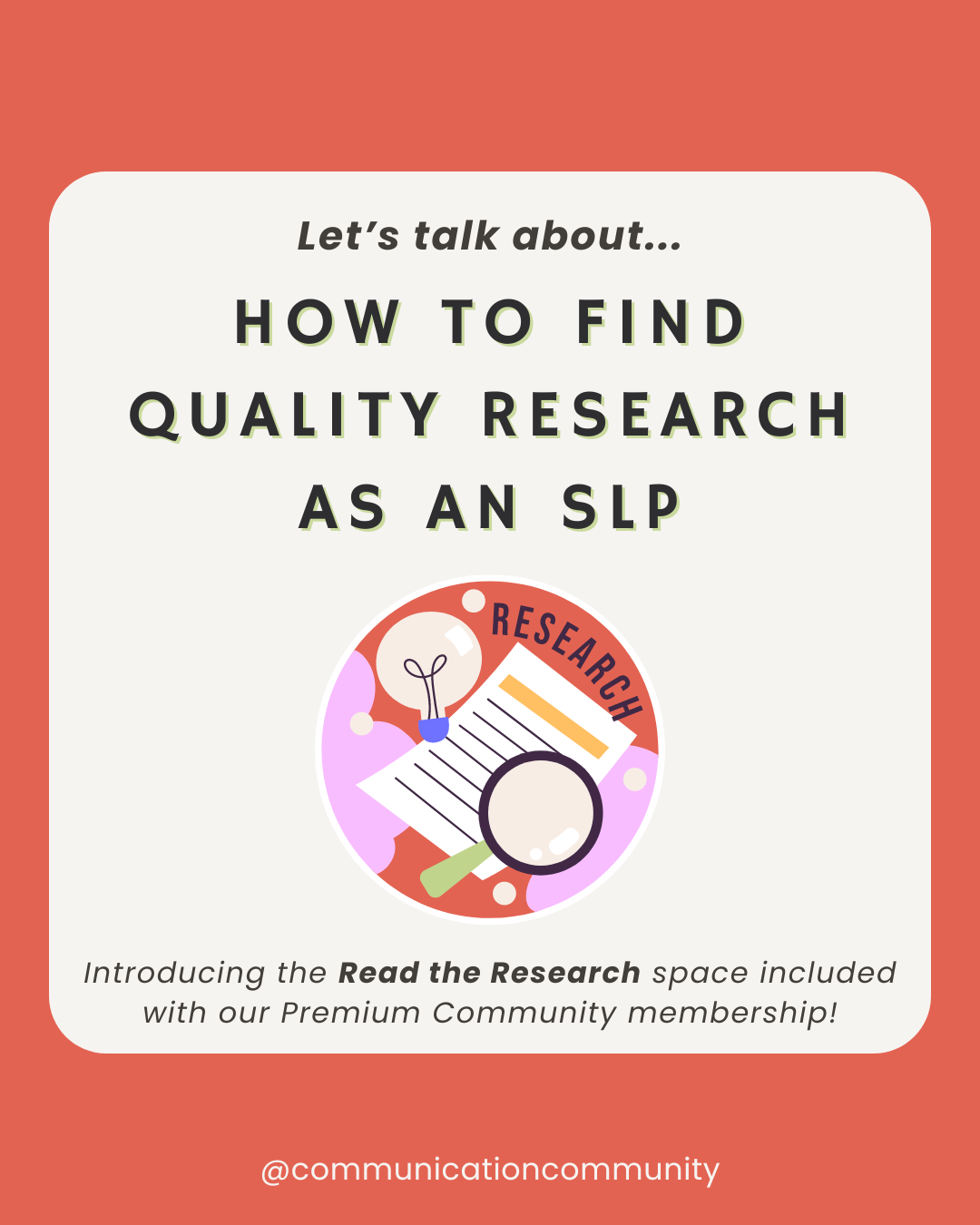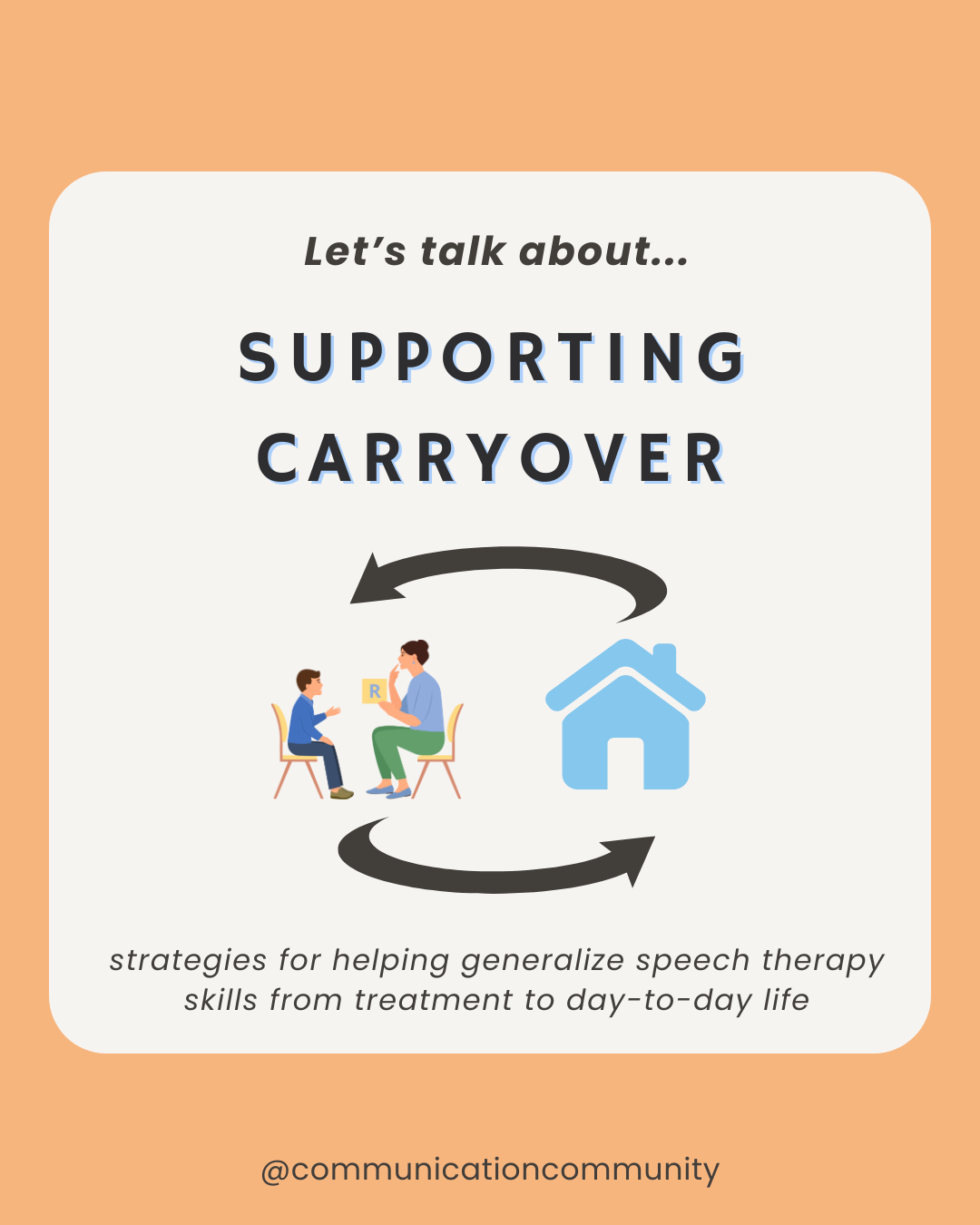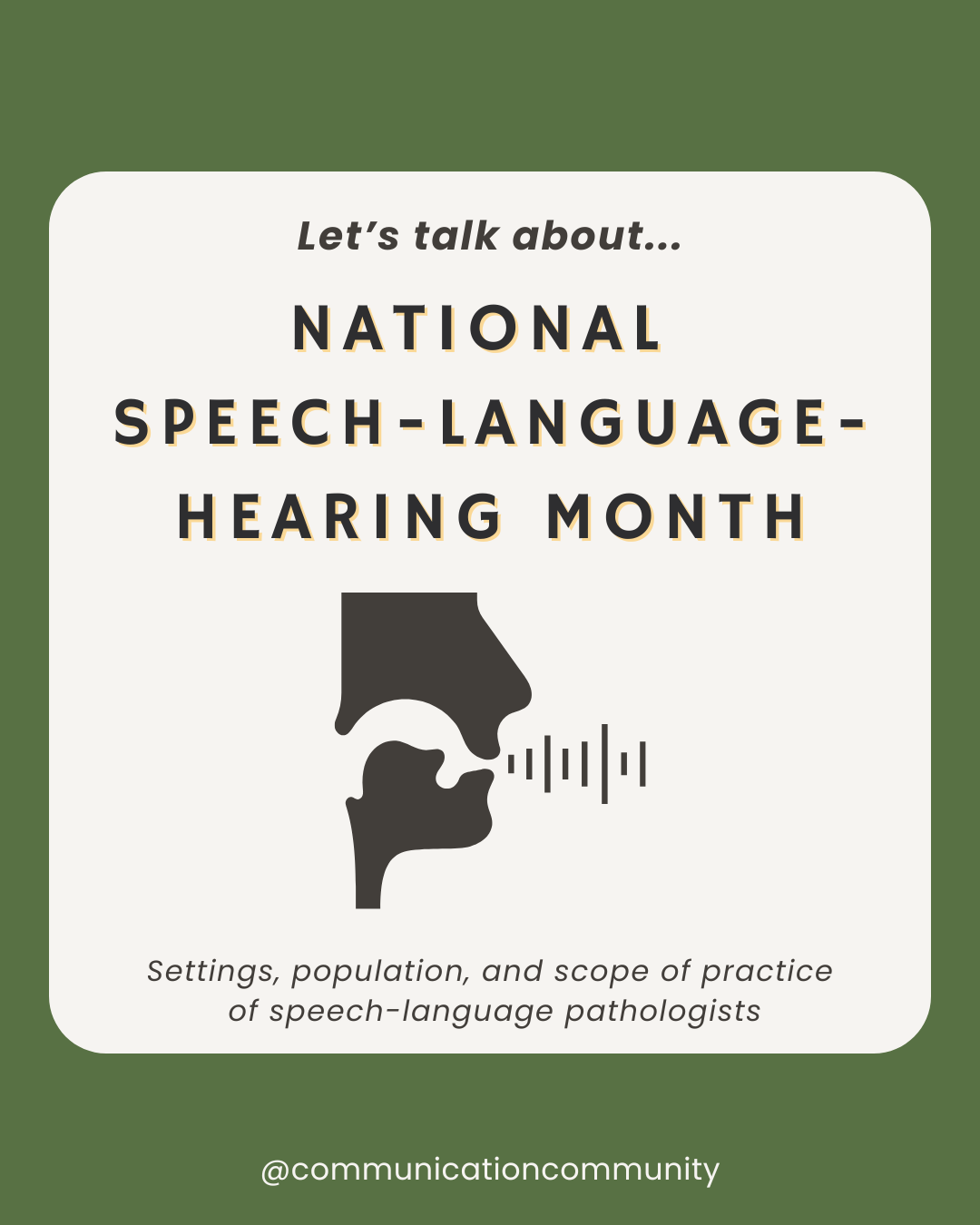Language consists of receptive and expressive language. Receptive language is the language that we understand, and expressive language is the language that we use. Receptive language consists of listening and reading, and expressive language consists of speaking and writing.
Receptive language skills include following directions, understanding grammar (syntax) and vocabulary (semantics), and comprehending spoken conversations or text from stories.
Receptive Language and the Five Domains of Language
There are five domains of language: phonology, morphology, syntax, semantics, and pragmatics. Within each of the domains, someone can develop receptive skills (e.g. understanding vocabulary) and expressive skills (e.g. using correct grammar)
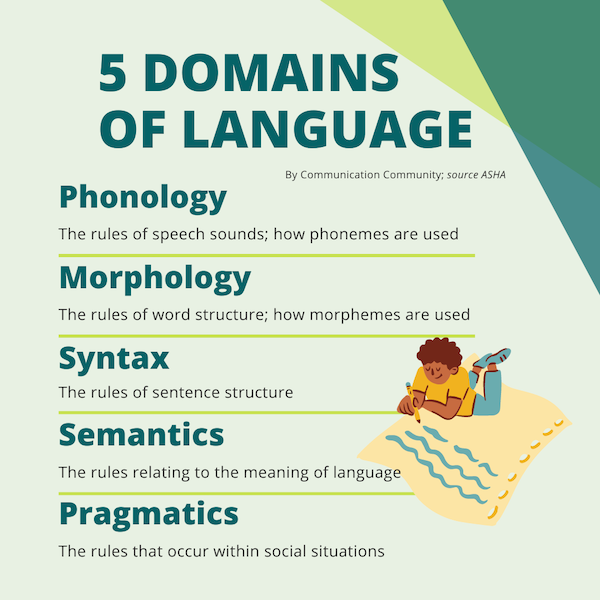
Receptive Language and Phonology
Phonology is the study of the smallest units of language that govern how phonemes are used. Phonemes consist of many sounds, such as (but not limited to) /s/, /a/, and /m/. Phonemes are always denoted within brackets like / / to show that we are talking about the way something sounds. It is important to note that sometimes the letter symbol and the actual sound the phoneme makes do not match up. You can find more information about phonemes and the International Phonetic Alphabet here.
Receptive understanding of phonology is being able to distinguish one sound from another when listening. For someone who speaks English, it is understanding that the letter “s” makes the /s/ sound in English. Higher level receptive language skills related to reading is knowing that “g” makes the /g/ sound, “h” makes the /h/ sound, but together, “gh” (e.g., as in the word “dough”) will sound differently.
Receptive Language and Morphology
Morphology is the study of the smallest meaningful units of language, which are called morphemes. For example, the phonemes /b/, /ɪ/, /r/, and /d/ do not hold significance in English and aren’t considered morphemes, but together, /bɪrd/ makes “bird,” which is a word that holds meaning and is a morpheme. /s/ is considered a morpheme because when added to /bɪrd/, the meaning is changed, making the word “birds.”
Receptive understanding of morphology is understanding how morphemes are used; therefore someone who hears /bɪrd/ knows that it is referring to one bird, but /bɪrds/ is referring to two or more birds. When reading, someone knows that adding “s” to the end of a word changes its meaning.
Receptive Language and Syntax (Grammar)
Syntax refers to the word order of phrases and sentences. In English, correct syntax indicates that one would say, “I ate a cookie,” not “ate I a cookie.” Receptive understanding of syntax is understanding that “I” (the person), ate something: a cookie (the object). Receptive understanding of syntax when reading is reading the sentence “I ate a cookie," and understanding what is occurring.
Receptive Language and Semantics
Semantics refers to one’s knowledge of vocabulary, or words in a language. It is understanding what the word “soccer” or “excited” means. Receptive understanding of semantics is understanding what someone means when they say, “excited,” and when reading it is reading the word “excited” and knowing what that means.
Receptive Language and Pragmatics
Pragmatics is the social use of language or how individuals may interact with each other or a group. It is knowing that when someone says “hello,” they are greeting you, or that when someone says, “what about you?” you are expected to respond to them.
Receptive understanding of pragmatics is understanding these exchanges when they are spoken, and when reading it is understanding the author’s or character’s point of view.
Receptive Language Resources
Looking for more information about receptive language? We've got you covered!
How to Write Receptive Language Goals (free article)
School-Aged Speech Therapy Goals for Language (comprehensive resource)
5 Simple (but effective) Receptive Language Activities
Plural Nouns Receptive Language Worksheet
Language Milestones birth to 5
When reading this post, you used your receptive language skills to understand what we wrote! We used our expressive language skills via writing to (hopefully) clearly express this topic.
Citations/further resources:
https://www.asha.org/practice-portal/clinical-topics/spoken-language-disorders/language-in-brief/#:~:text=Spoken%20and%20written%20language%20are,%2C%20speaking%20and%20writing)%20components.

